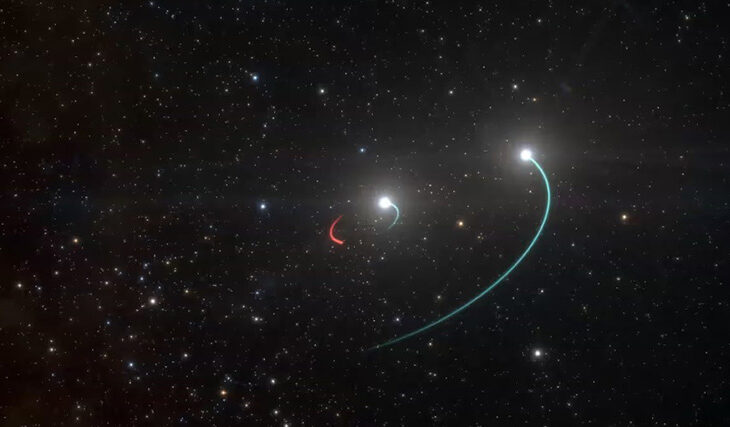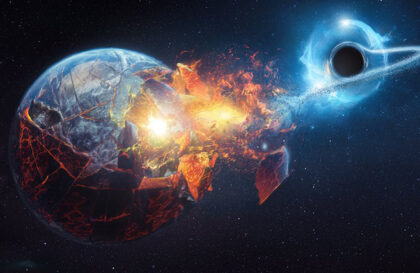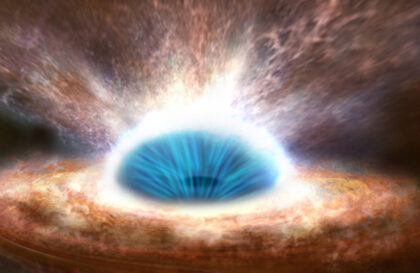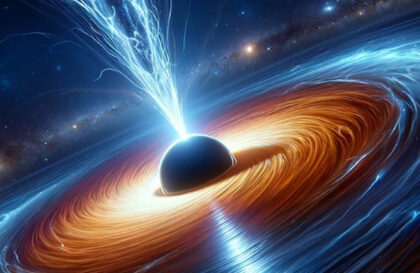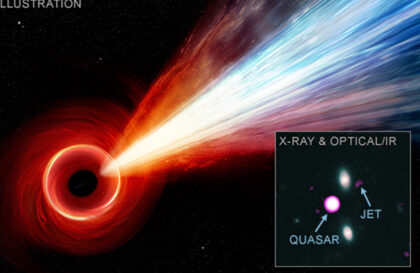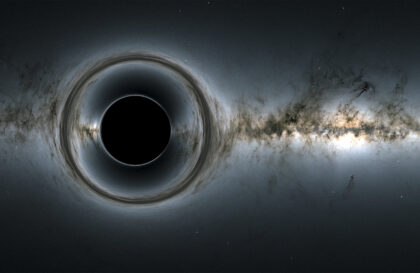A triple star system recently discovered by scientists that includes a black hole with a stellar mass at its center is remarkable in that it can be observed without the use of optical amplifiers.
A study by researchers at the European Southern Observatory in Chile (ESO) led to the discovery of a black hole in this star system. This black hole is only 1,000 light-years from Earth, making it one of the closest to the solar system ever discovered.
The uniqueness of this astronomical object is manifested in the ability to see with the naked eye two stars moving around a black hole. This is a very surprising phenomenon, available to observers in the Southern Hemisphere on clear nights, even without the use of optical devices.
While a thousand light-years difference may seem huge on Earth’s scales, by space standards it is a relatively close distance.
For comparison, the black hole at the center of the Milky Way is 25,000 light-years from the Sun.
This black hole, which was declared discovered on May 6, 2020, is part of a triple star system called HR 6819, in the constellation Telescope. It is noted that this discovery came about as a result of observing the movement of a pair of stars orbiting a black hole using a powerful telescope with a mirror diameter of 2.2 meters.
Although the black hole is visually impossible to see, the two bright stars that accompany it are a visible observation. The analysis of light emission allowed the researchers to reveal the unusual rotation characteristics of these stars and to detect traces of an invisible object.
The results of this study suggest that this invisible object has a mass of four times the mass of the Sun, and with a high probability can be determined as a black hole. The head of the research team, Thomas Rivinius, notes that this discovery is an important step in the study of astronomical objects of this type.
All this makes this black hole practically our neighbor on the scale of the Milky Way.
However, you should not be afraid of this.
Not everything is so clear.
One star eats another
Dietrich Baade, emeritus astronomer at the European Southern Observatory (ESO), said that only a single drop of light had previously been detected, containing the hallmarks of two stars.
There was only one drop of light, it revolved around something that scientists could not see, so they assumed that it was a black hole.
But other researchers have challenged this idea, suggesting that there are only two stars in the system, one of which recently lost mass due to the second, sometimes called the stellar “vampire”, which made the latter much more massive.
A stripped star is even more interesting than a black hole. The purge has removed the thick, opaque veil of outer layers, and we can take a much closer look at where the star generates the energy it radiates and synthesizes new elements.
Credit рhoto:
https://www.theguardian.com
